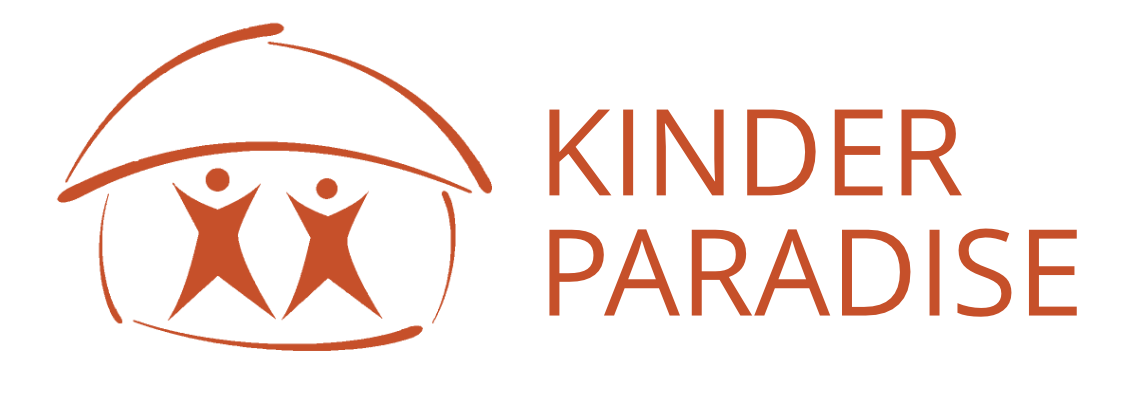Use appropriate register in everyday communication (informal & formal ) with diverse partners on grade -level topics ,texts, issues
Hello Learner,
It’s another new day!
What’s New?
I am marvelous!
I want you to sing this song with me.
I will be glad if you learn the chorus.

Semantic mapping is like the image above.

Let us use the following:
Law Court: a) Types of law courts
b) personnel (officially)
c) Various offenses and crimes
Dear Learner by the end of this lesson, you should be able to use the appropriate register in your everyday communication
Let’s see if we can Identify the formal situations in the videos below. Just use the link!
Did you identify formal situations in the video link embedded?
If yes, then Bravo!
Now let us Identify formal situations. E.g. interactions between strangers on varied themes, announcements, standards for work, school and public offices, and business settings.




Now share your experience at the bank with your friends using appropriate language.
I will be happy if you participate in formal interactions. (No slang/jargon).
Now let us identify informal conversations: E.g. casual or intimate relationships between friends and acquaintances, family and teammates, different situations in the classroom, etc.



Now, let us use appropriate language to participate in conversations in the following situations: Greetings, requests, encouragements, partings, etc.

NB: Examples of informal language include; slang words, jargon, contracted forms, and non-verbal communication






Assessment
Role-play scenarios ( Market scene, Bank scene) using formal language on themes of their choice. I will be happy if you give me feedback.
What have you learned today?

